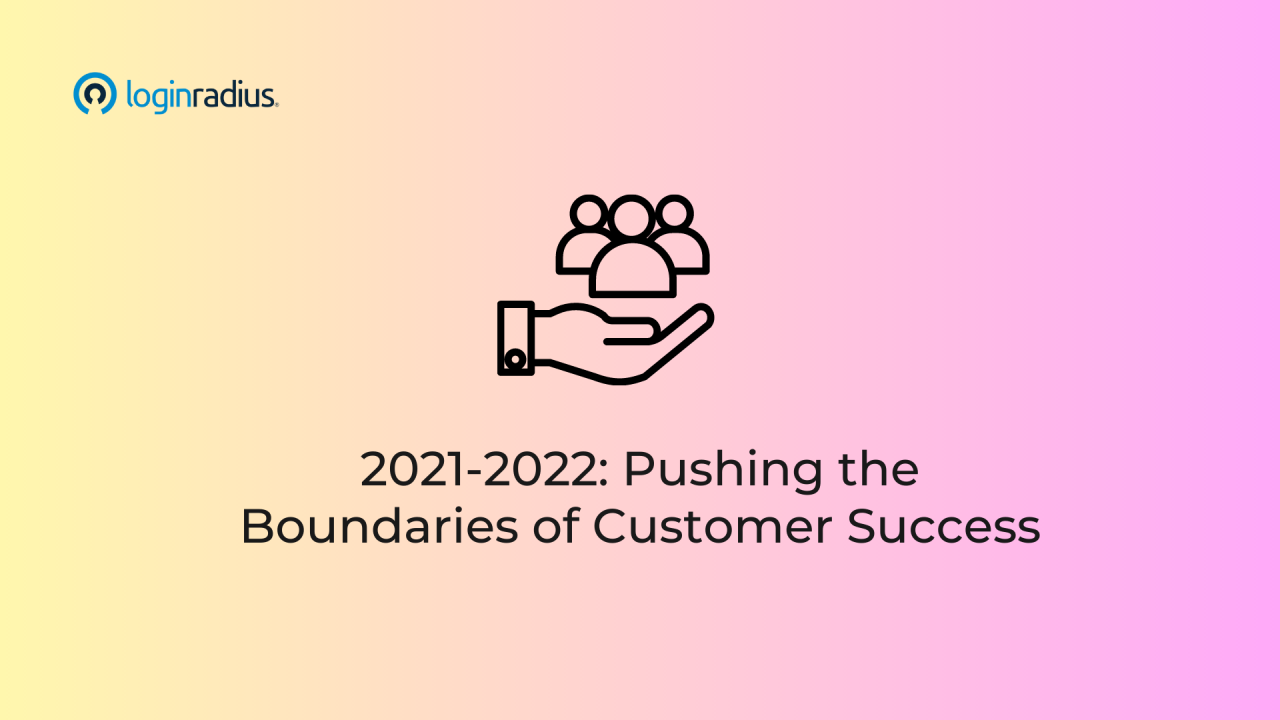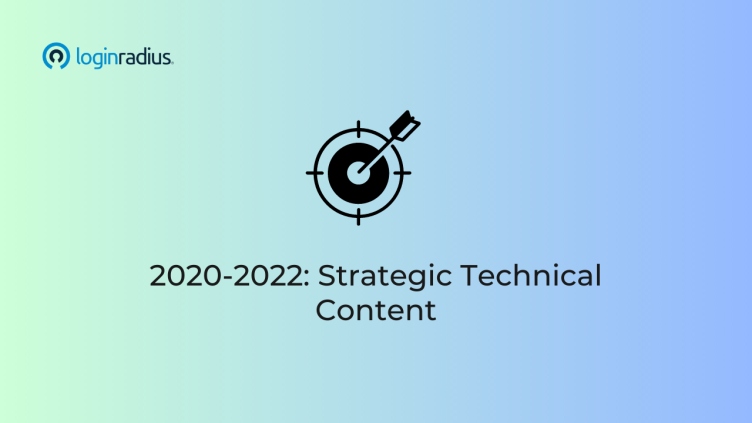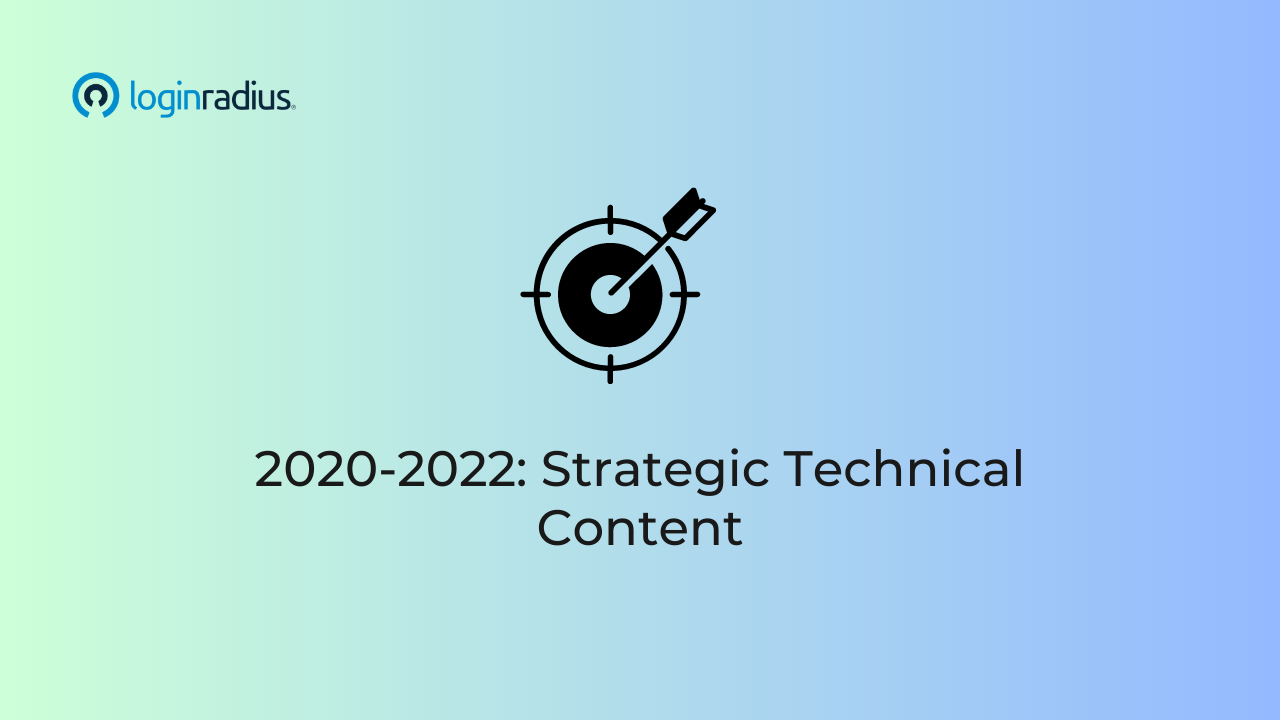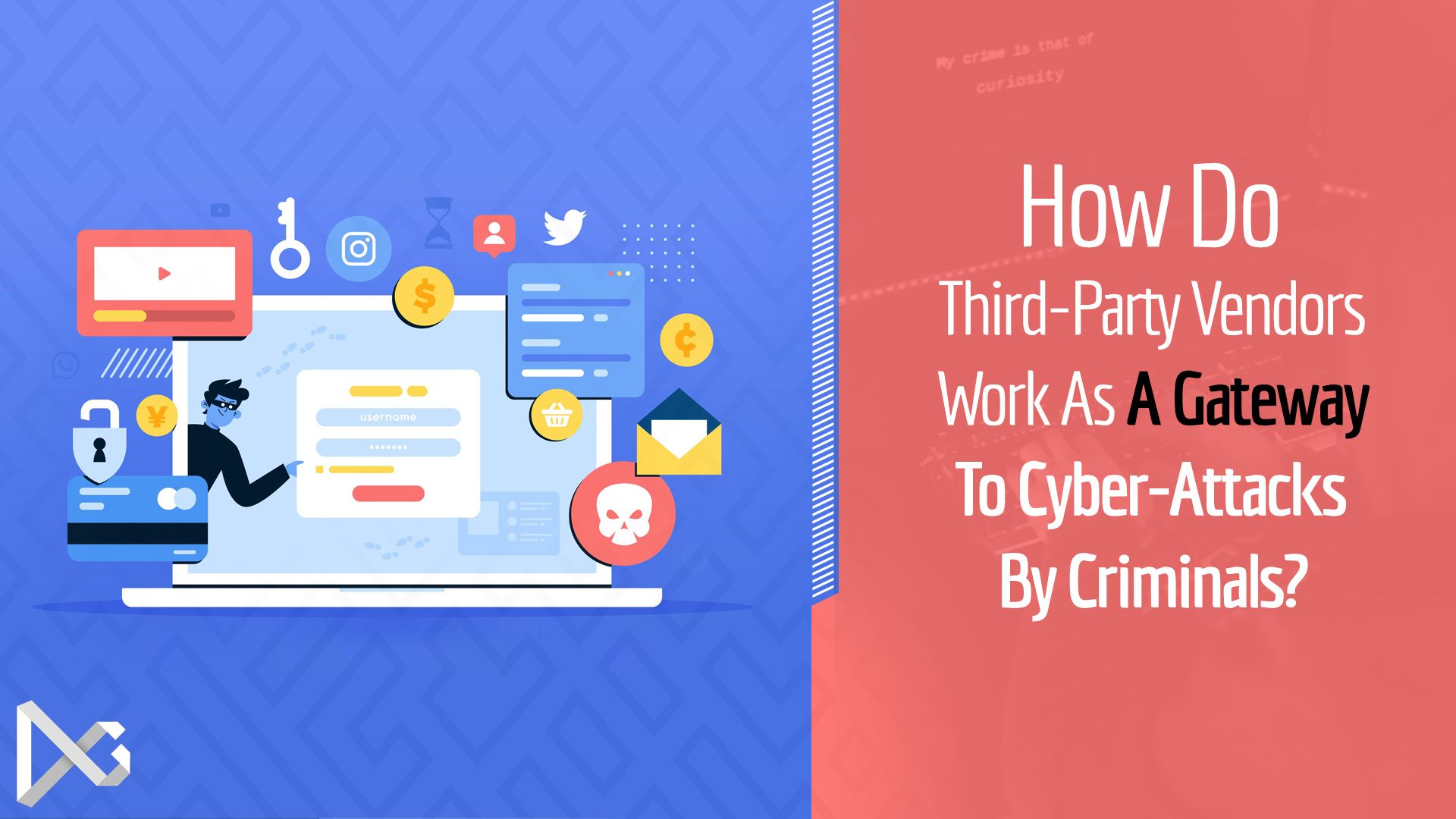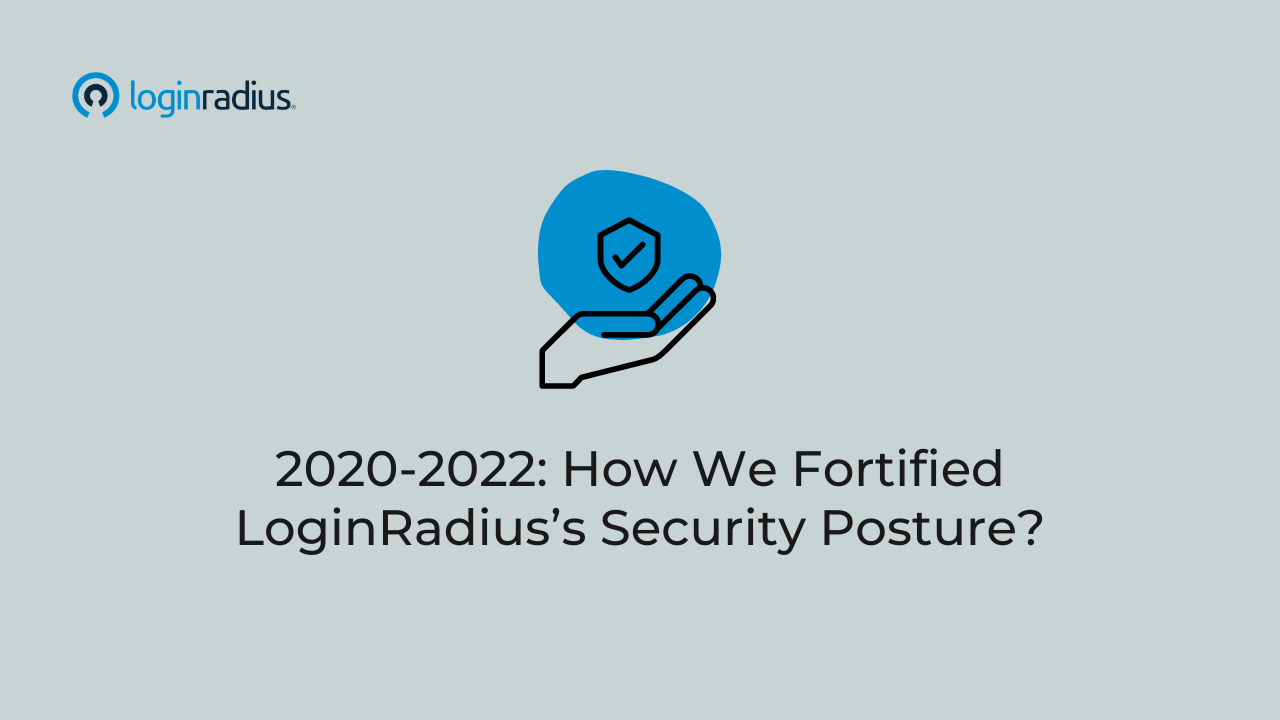
Let's start with AI, what it is and how does it work
Artificial Intelligence (AI) is a technology that deals with creating and developing machines that can perform tasks that typically require human intelligence. These tasks include learning, reasoning, problem-solving, understanding natural language, perception, and decision-making.
AI combines large amounts of data with intelligent algorithms that enable machines to learn from patterns or features within the data. There are several approaches and techniques to achieve AI, but some of the most common methods include the following:
1. Machine Learning: This involves training computer algorithms to recognize patterns in data and make predictions or decisions based on that data. Supervised learning, unsupervised learning, and reinforcement learning are some types of machine learning techniques.
2. Neural Networks: These are mathematical models inspired by the structure and functioning of the human brain. They consist of interconnected nodes or neurons that work together to process and learn from input data. Deep learning, a subset of neural networks, involves training large and complex neural networks to perform advanced tasks like image and speech recognition.
3. Natural Language Processing (NLP): This subfield of AI deals with the interaction between computers and human languages. NLP enables machines to understand, interpret, and generate human language in a way that is both meaningful and useful.
4. Expert Systems: These AI programs mimic a human expert's decision-making abilities in a specific domain. They are designed to solve complex problems by reasoning through knowledge, represented mainly as if-then rules rather than through conventional procedural code.
5. Robotics: This field deals with the design, construction, and operation of robots, which are machines that can perform tasks autonomously or semi-autonomously. AI techniques are often used to enable robots to navigate, sense their environment, and make decisions based on the data they collect.
AI systems continuously refine their performance through training and feedback, allowing them to adapt and improve over time. This process enables AI to understand better and process complex information, ultimately leading to more accurate and efficient solutions for various tasks and challenges.
AI Regulation
According to Wikipedia, the regulation of artificial intelligence is the development of public sector policies and laws for promoting and regulating artificial intelligence (AI).
Regulation of AI refers to the rules, policies, and guidelines established by governments, organizations, or other regulatory bodies to ensure the responsible, ethical, and safe development and deployment of artificial intelligence technologies. AI regulation aims to address privacy, security, fairness, transparency, and accountability concerns while promoting innovation and benefiting society. We looked into the Pros and Cons of AI Regulation, and now let's check out what is the current state of AI regulation.
The Current State of AI Regulation
The current state of AI regulation is still in its early stages, with various countries and organizations working on developing policies and guidelines to address the challenges posed by AI technologies. There is no globally unified regulatory framework for AI, and approaches to AI regulation vary across different regions and jurisdictions. Some key developments in AI regulation include:
1. European Union (EU): In April 2021, the European Commission proposed new regulations on AI, known as the Artificial Intelligence Act. This proposal aims to create a legal framework for AI in the EU that focuses on ensuring human-centric, safe, and transparent AI while promoting innovation. The proposed regulations cover aspects such as data protection, transparency, accountability, and the prohibition of certain AI practices that are considered harmful. The EU has also established the High-Level Expert Group on AI, which has published AI ethics guidelines emphasizing the need for AI to be trustworthy, transparent, and aligned with human values.
2. United States: AI regulation in the US is primarily sector-specific and varies across different federal and state agencies. There is no comprehensive federal AI regulation, but recently released a Blueprint AI Bill of Rights in Congress. The National Security Commission on Artificial Intelligence (NSCAI) report includes recommendations on AI research and development, workforce, national security, and ethical considerations. The White House Office of Science and Technology Policy (OSTP) has been working on developing AI policies and guidelines, including the American AI Initiative. In 2021, NIST released an initial draft of an AI Risk Management Framework (AI RMF), which had already been revised twice.
3. India: The Indian government is taking a cautious approach to AI regulation and has not yet implemented any specific regulations for artificial intelligence (AI). In 2018, the National Strategy on Artificial Intelligence (NSAI) was released. The NSAI identifies several ethical and legal issues that need to be addressed in the development and use of AI. It also recommends the development of a national AI framework that would include guidelines for the ethical development and use of AI. The government is working to develop a regulatory framework that will promote the responsible development and use of AI in India.
4. China: China has actively promoted AI development and released various national strategies and plans, such as the New Generation AI Development Plan 2017. While comprehensive AI regulation is still under development, China has issued guidelines on AI ethics and governance, emphasizing the need for AI to be controllable, transparent, and secure. Some local governments in China have also introduced AI and data protection regulations.
5. United Kingdom: The UK government is taking a proactive approach to AI regulation. In 2021, the government published a white paper on AI regulation, which sets out several principles for the responsible development and use of AI. The government works with industry, academia, and other stakeholders to develop the framework. The UK government revised the policy in March 2023. It took a pro-innovation approach to AI regulation based on the belief that AI has the potential to bring significant benefits to society.
6. International organizations: Various international organizations are working on AI governance and regulation. The Organization for Economic Co-operation and Development (OECD) has published AI principles that emphasize the need for AI to be transparent, safe, and respect human rights. The United Nations (UN) has also initiated discussions on AI governance and ethics through forums such as the International Telecommunication Union (ITU) and the UN Educational, Scientific, and Cultural Organization (UNESCO). Moreover, the World Economic Forum (WEF) has established the Global AI Council to help shape global AI policies and promote responsible AI development.
7. Industry and research initiatives: Several technology companies and research institutions have released their own AI ethics principles and guidelines, which address issues like fairness, transparency, accountability, and privacy. For example, Google, Microsoft, and IBM have each published their own AI ethics guidelines. Furthermore, initiatives like OpenAI and the Partnership on AI bring together industry leaders, researchers, and organizations to collaborate on AI ethics and safety research.
The current state of AI regulation is a patchwork of regional, national, and industry-specific initiatives. Policymakers and stakeholders worldwide are actively working on developing regulatory frameworks to address the complex challenges posed by AI. As AI continues to advance and impact various aspects of society, regulators must balance the need for innovation with protecting individual rights and promoting ethical AI development.
Critical Aspects of AI Regulation
1. Data protection and privacy: Ensuring that AI systems handle personal and sensitive data in compliance with data protection laws, such as the General Data Protection Regulation (GDPR) in the European Union. This involves safeguarding user privacy, enabling data portability, and providing users with control over their data.
2. Bias and fairness: Ensuring that AI algorithms do not perpetuate existing biases or unfairly discriminate against specific individuals or groups based on factors such as race, gender, or socioeconomic status. Regulations may require AI developers to test for and mitigate bias in their systems.
3. Transparency and explainability: Requiring AI systems to be transparent in their decision-making processes, enabling users to understand the rationale behind the AI's decisions. This may involve creating guidelines for AI developers to design interpretable and explainable models.
4. Accountability and liability: Establishing clear lines of responsibility and accountability for the actions and decisions made by AI systems. This may involve determining whether the AI developer, user, or another party should be held liable for any harm or damage caused by the AI.
5. Security and safety: Ensuring that AI systems are designed and deployed securely, minimizing the risks of data breaches, unauthorized access, or malicious use. This may involve setting standards for AI system security and requiring developers to adopt best practices for secure development.
6. Ethical considerations: Promoting the development of AI technologies that align with human values and ethical principles, such as respect for autonomy, beneficence, and justice. This may involve creating ethical guidelines for AI developers and encouraging the integration of ethics into AI research and development.
7. Oversight and monitoring: Establishing mechanisms for the ongoing monitoring and evaluation of AI systems, ensuring that they continue to meet regulatory requirements and respond to new risks or challenges that may emerge over time.
The regulation of AI is an evolving field, as governments and organizations worldwide are still developing and refining their approaches to address the unique challenges posed by AI technologies. As AI continues to advance, it is crucial for stakeholders, including policymakers, industry leaders, researchers, and civil society organizations, to collaborate in creating a balanced regulatory framework that promotes innovation, protects individual rights, and ensures the responsible and ethical use of AI.
Potential Challenges and Issues with AI Regulation
Several challenges associated with AI regulation can make it difficult for policymakers and stakeholders to develop a comprehensive and practical regulatory framework. Some of these challenges include:
1. Rapid technological advancements: AI technologies are evolving quickly, making it challenging for regulators to keep up with the latest developments and ensure that policies remain relevant and practical. Policymakers must balance providing adequate oversight and not stifling innovation by over-regulating the industry.
2. Global nature of AI: AI technologies are developed and deployed globally, which can create inconsistencies in regulatory approaches across different countries and jurisdictions. This can lead to fragmented regulations, making it difficult for companies to navigate and comply with various regional and national requirements.
3. Balancing innovation and protection: Regulators must balance fostering innovation and protecting individuals' rights, safety, and privacy. Overly restrictive regulations may hinder the development and adoption of beneficial AI technologies, while insufficient regulations may expose individuals to potential harms and risks associated with AI.
4. Defining ethical principles: Ethical considerations are a crucial aspect of AI regulation, but it can be challenging to translate universally accepted ethical principles into enforceable policies. Different cultures and societies may have varying perspectives on what constitutes ethical AI, leading to potential disagreements and conflicts in developing regulatory frameworks.
5. Technical complexity: AI technologies, particularly machine learning and deep learning models, can be complex and difficult to understand, which poses challenges for regulators in evaluating their safety, fairness, and transparency. Developing regulations that effectively address these technical aspects without inadvertently limiting the potential of AI technologies is a significant challenge.
6. Bias and fairness: Ensuring that AI systems are unbiased and fair is critical. However, detecting and mitigating biases in AI algorithms can be challenging, primarily when they are based on extensive and diverse datasets. Regulators must develop methods to assess AI systems for potential biases and establish guidelines for developers to create fair and unbiased AI models.
7. Explainability and transparency: Many AI models, and deep learning systems, are often considered "black boxes," making it difficult to understand their decision-making processes. Developing regulations that promote explainability and transparency in AI systems may be challenging due to the inherent complexity of these technologies.
8. Accountability and liability: Determining who should be held responsible for the actions and decisions made by AI systems can be challenging, as the responsibility may lie with various parties, including developers, users, or even the AI systems themselves. Establishing clear lines of accountability and liability while considering the complexities of AI technologies is a significant challenge for regulators.
9. Cross-sector applicability: AI technologies are used in various sectors, including healthcare, finance, and transportation, each with its unique requirements and risks. Developing a one-size-fits-all regulatory framework may not be feasible, making it necessary to tailor regulations to specific industries and applications while maintaining a consistent overall approach.
10. Enforcement and monitoring: Enforcing AI regulations and ensuring compliance is another challenge, as it requires the development of practical monitoring mechanisms and tools to assess the performance and behavior of AI systems. Regulators must also determine the appropriate penalties and enforcement actions for non-compliant entities, which may be difficult due to AI technologies' global and rapidly evolving nature.
These challenges highlight the need for a collaborative approach to AI regulation involving governments, industry leaders, researchers, and civil society organizations. By working together, these stakeholders can develop regulatory frameworks that address AI's potential risks and ethical concerns while promoting innovation and benefiting society.
Next Steps on AI Regulation
The following steps in AI regulation involve a combination of ongoing efforts, collaboration, and new initiatives to address the challenges posed by AI technologies. Some key steps include:
1. Harmonizing global regulations: International cooperation and dialogue among countries and organizations will be crucial in developing a harmonized approach to AI regulation. Sharing best practices, lessons learned, and collaborating on common principles can help create a more consistent global regulatory environment that supports innovation while protecting individual rights.
2. Adapting to technological advancements: Regulators must stay informed about the latest AI developments and be prepared to update and adapt regulations as needed. This may involve creating flexible, future-proof regulatory frameworks that can accommodate rapid technological advancements while maintaining core principles.
3. Public-private partnerships: Collaboration between governments, industry leaders, researchers, and civil society organizations is essential in shaping AI regulations. These partnerships can help to ensure that diverse perspectives are considered and that regulations strike the right balance between promoting innovation and addressing potential risks and ethical concerns.
4. Sector-specific regulations: Policymakers should consider developing tailored regulations for specific industries and applications, as AI technologies have different implications and risks depending on the sector. This approach can help to address unique challenges and ensure that regulations are relevant and effective for specific use cases.
5. Promoting AI ethics and responsible AI development: Encouraging the integration of ethical principles and guidelines into AI research and development practices is an essential step in fostering responsible AI innovation. This can be achieved through education, training, and the development of tools and resources to help AI practitioners design and deploy AI systems that align with human values.
6. Strengthening enforcement and monitoring mechanisms: It is crucial to develop practical tools and mechanisms to monitor AI systems' compliance with regulations and assess their performance. This may involve the establishment of new regulatory bodies or the enhancement of existing ones, as well as the development of standardized metrics and evaluation methodologies for AI systems.
7. Public awareness and engagement: Raising public awareness about AI technologies, their potential benefits, and associated risks is essential in ensuring a well-informed public discourse on AI regulation. Engaging with the public and soliciting their input on AI policies and regulations can help ensure that diverse perspectives are considered, and AI technologies are developed and deployed to benefit society.
8. Ongoing evaluation and refinement: AI regulation is an evolving field, and it is essential for regulators to continuously evaluate and refine their approaches based on new developments and lessons learned. This may involve regular reviews of existing regulations, incorporating stakeholder feedback, and updating policies to address emerging risks and challenges.
By focusing on these next steps, policymakers and stakeholders can work together to develop a comprehensive, practical, and adaptable regulatory framework for AI that balances the need for innovation with the protection of individual rights, ethical considerations, and societal benefits.
https://bit.ly/3L5rJx3
https://bit.ly/3mIpTZK








